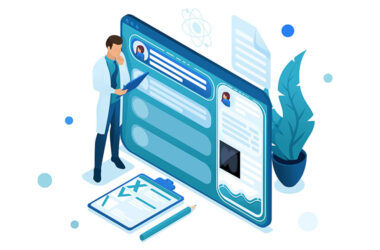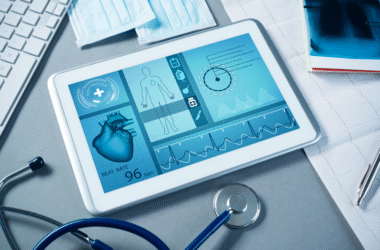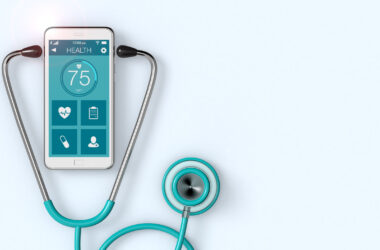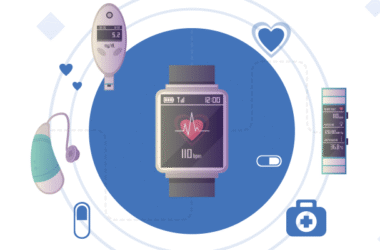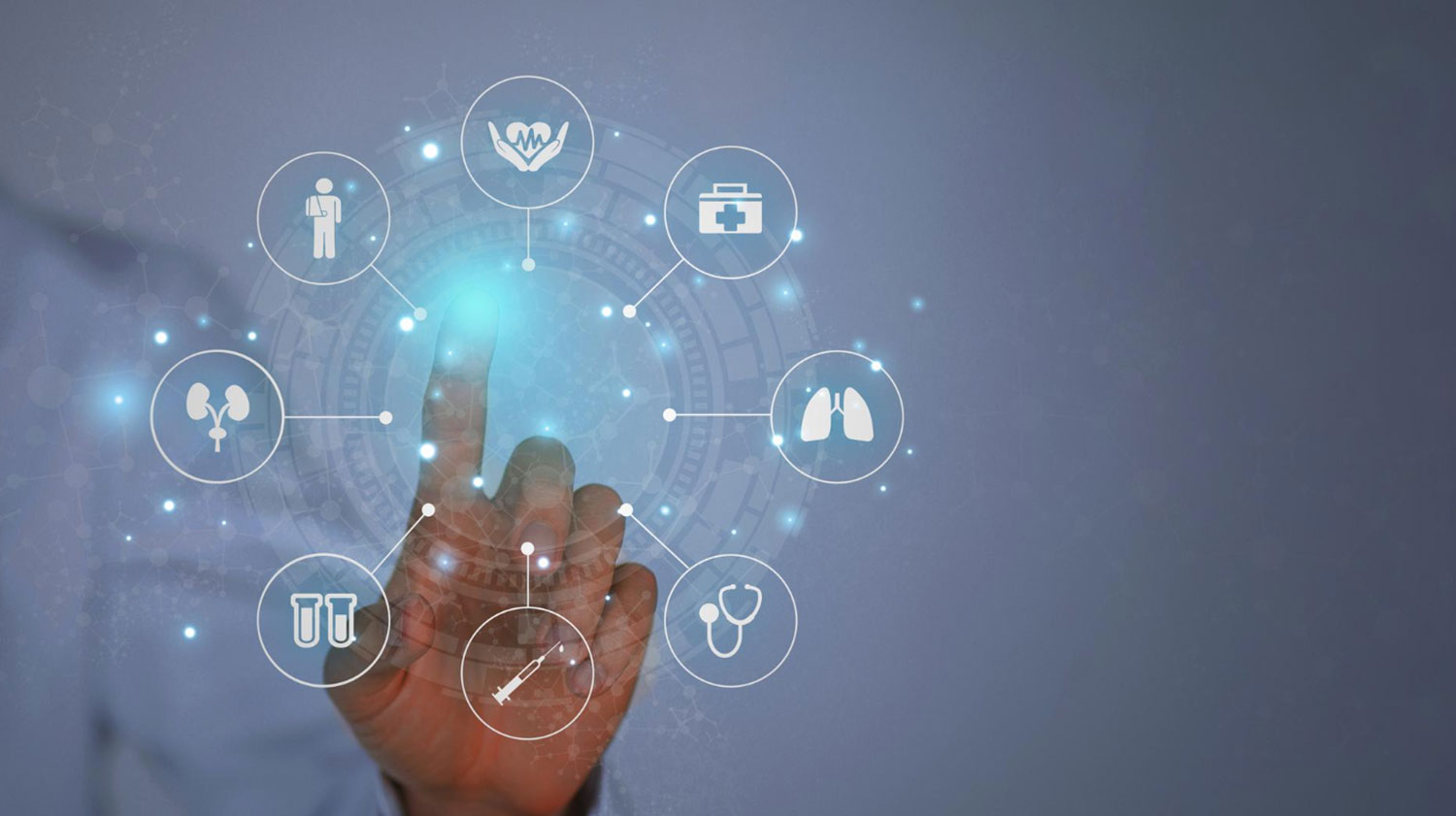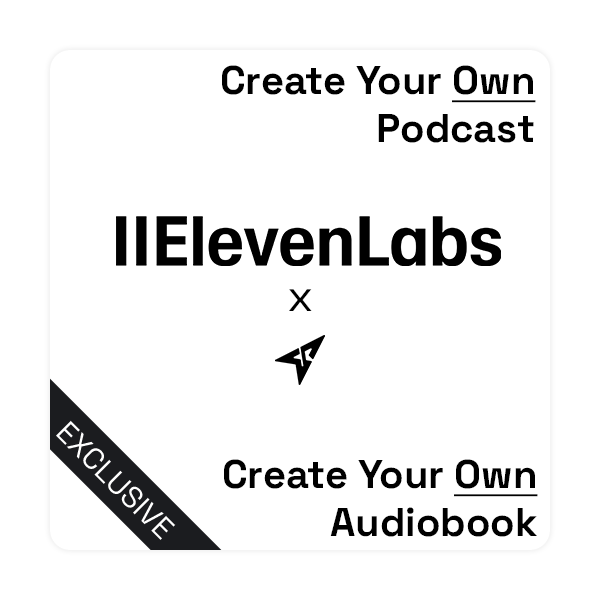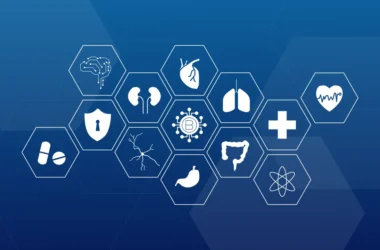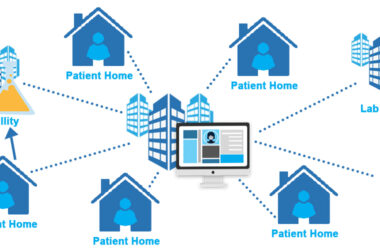The digital healthcare is transforming the way people handle the infectious illnesses. It assists physicians in locating a bug in a shorter period of time, ensures the safety of records and enables patients to seek treatment without the need to travel. As the world is infiltrated with infections such as COVID-19, dengue, malaria, and TB, the urgency to respond promptly has been more crucial than ever. Technology has now played a significant role into preventing the spread of these diseases and assisting the people who already have the diseases.
Faster Detection Through Digital Tools
Early detection of an infection is among the greatest things in preventing its spread. This is being expedited and more precise with the help of digital health tools. They are electronic health records, cloud, and mobile health applications because they enable physicians to retrieve and review data without time wastage.
As an example, in the context of COVID-19, we could recommend the use of mobile apps to monitor and record symptoms by many countries. Phone tracking and the CCTV information allowed South Korea to track the contact points; hence, limiting the spread. A report published by the World Health Organization in 2022 demonstrated that 85 percent of countries that have digital measures of contact tracing identified outbreaks more quickly than those without.
Online symptom checkers also assist them in learning when they will have to be tested. These instruments are constructed on simple questions and simple logic in order to provide advice reflecting inputs of the user. They decrease pressures on hospitals and clinics when applied gracefully.
Remote Care and Monitoring Are Now Easier

Digital healthcare has made it possible for patients to get help even when they are far from hospitals. This is very useful for people living in remote areas or in lockdown situations.
Telemedicine is one major example. Patients can talk to doctors through video calls or phone calls. They can show symptoms on camera, share photos of rashes, or talk about their fever patterns. The doctor then gives advice or prescribes medicine.
In India, the eSanjeevani platform provided more than 100 million teleconsultations by early 2024, according to the country’s Ministry of Health. This saved time and travel costs while lowering the chance of infections spreading through crowds at clinics.
Remote monitoring tools are also helpful. Devices like smart thermometers, blood pressure monitors, or oxygen level trackers send real-time updates to doctors. These tools are often connected to mobile apps, making it easier for doctors to keep track of patients without seeing them in person.
Data Collection and Disease Tracking Made Simple
In the past, collecting health data was slow and often full of errors. Now, digital tools help gather information quickly from many places. Mobile health workers use apps to record patient details, track vaccines, and report new cases.
This collected data helps public health workers spot early signs of outbreaks. Digital dashboards show where the problem is growing and which areas need attention. For example, during the Ebola outbreak in West Africa, digital maps helped workers follow where the virus was moving.
A 2023 study from The Lancet Digital Health found that digital reporting tools helped reduce reporting delays by 60 percent compared to paper-based methods. This means patients get treated faster, and local health teams act sooner.
Better Communication and Awareness
Many people do not know the signs of serious infections or what to do when they feel sick. Social media, SMS alerts, and mobile apps are now helping spread useful information fast. Health departments use these tools to remind people about hand washing, vaccines, or when to stay home.
In Brazil, during the Zika virus outbreak, mobile messages were sent daily to over 30 million people, according to Statista. These messages included tips for mosquito control and symptoms to watch for. These small alerts made a big difference in keeping people informed.
When people know what to do, they are less likely to panic or ignore their symptoms. This helps reduce the overall spread of disease and keeps hospitals from getting overwhelmed.
Helping with Vaccine and Medicine Delivery
Digital systems also help manage vaccine rollouts and medicine deliveries. Apps send reminders for second doses or refill dates. Health workers use GPS and QR codes to track vaccine shipments and make sure supplies are not wasted or lost.
In Africa, a project by Gavi, the Vaccine Alliance, uses mobile tools to track vaccine stock and avoid shortages. By 2023, more than 75 percent of participating clinics had fewer missed doses, according to Gavi reports.
Drones are also being used to deliver vaccines in hard-to-reach places. This reduces waiting time and makes sure even remote villages get the care they need.
Electronic Records Reduce Errors
When patient records are kept on paper, they are easy to lose or mix up. Digital records are safer, easier to update, and can be shared with other doctors quickly. This helps avoid giving the wrong treatment and saves time.
Electronic health records also help doctors see the full history of a patient, which is useful when they have more than one illness. If someone has HIV and catches another infection, doctors can make better decisions by checking the full record.
In the United States, the Office of the National Coordinator for Health IT reported that over 90 percent of hospitals now use digital records, which has helped lower medicine errors and improved care plans.
Final Thoughts
Digital healthcare is not perfect, but it has helped in many ways. It brings care to more people, keeps data safer, and lets health teams respond faster. For countries with fewer doctors and nurses, this makes a big difference.
As more people get mobile phones and internet access, digital tools will continue to grow. The goal is not to replace doctors but to help them work faster and smarter. By using digital healthcare, we can reduce the impact of infections and keep more people healthy.
Top of Form
Bottom of Form
